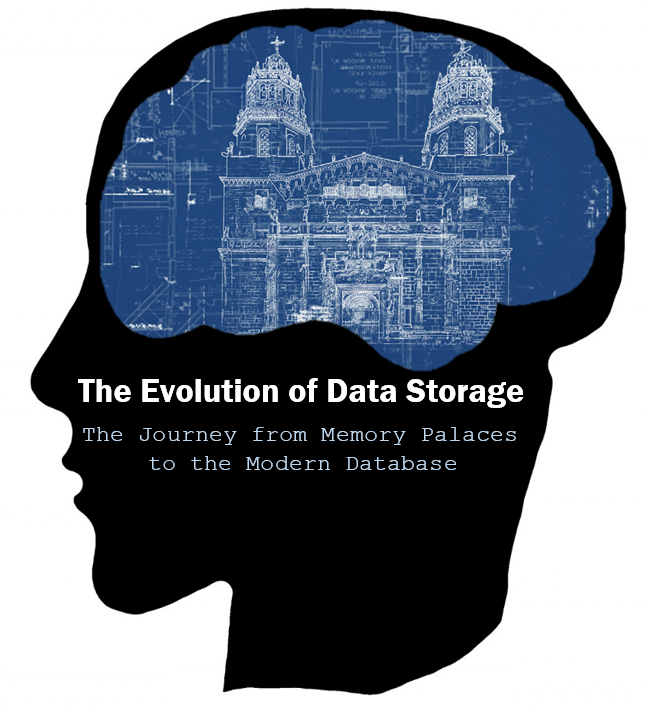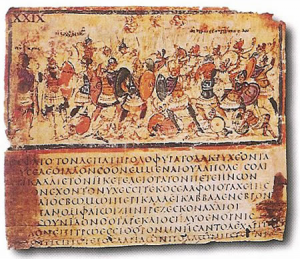
At SlashDB we understand that databases make modern life easier by providing a vast virtual space in which we can store all the information and data that we want. Data stored in databases can be refined by topic and referenced at any time. Databases using our API add-on can store and find data even more efficiently with our heightened accessibility, searchabiity, and ability to adapt to other business and software tools. However, the invention of virtual databases is a feat of innovation that many now take for granted. Without databases, we would literally have to remember everything – a task that many could not successfully undertake.
Ancient Methods of ‘Storing’ Data

Memory Palaces

Memory palaces may even explain some of the world’s most mysterious land sites, such as Stonehenge . In Lynne Kelly’s recently published book, The Memory Code , she provides new insights into how ancient societies, thousands of years away from being able to store data in cloud-based databases were able to commit huge amounts of knowledge to memory without losing data over time. In her work, Kelly notes that Stonehenge was constructed at the start of the transition from nomadic lifestyles to agricultural-based (stationary) lifestyles. Kelly posits that Stonehenge was built to act as a memory aid. She writes that the circle of mysterious stones actually represents a series of sacred places in the local environment, with each stone representing a specific sacred location. According to Kelly’s theory, Stonehenge served as a rudimentary database for storing important data, an ancient precursor to SlashDB’s cloud-based data storage capabilities.

SlashDB as Your Database Solution

SlashDB makes data management easier than ever before. Instead of stalking imagined corridors to recall information, you can retrieve the data you need with a simple click. SlashDB’s API add-on can help streamline your business, allowing you to extricate important information quickly and efficiently.
Key Features of SlashDB’s API Add-on
- SlashDB integrates with search engines, allowing users to access and retrieve data with ease, relying on their intuition to extract data rather than relying on complicated search queries.
- SlashDB automatically assigns each data resource a URL which allows data to be sourced from one machine to another, helping users navigate data and associate specific pieces of data more easily.
- With SlashDB, the content in your database becomes accessible through authorized web and mobile applications.
- SlashDB makes databases accessible in multiple forms including HTML, JSON, XML, and CSV.
- SlashDB makes working with databases as simple as working with plain files – with the added bonus that the data retains its integrity and authorizations while simultaneously staying up-to-date.

Contact us at SlashDB and we’ll work with you to find the best API add-on configuration for your database and business needs.
